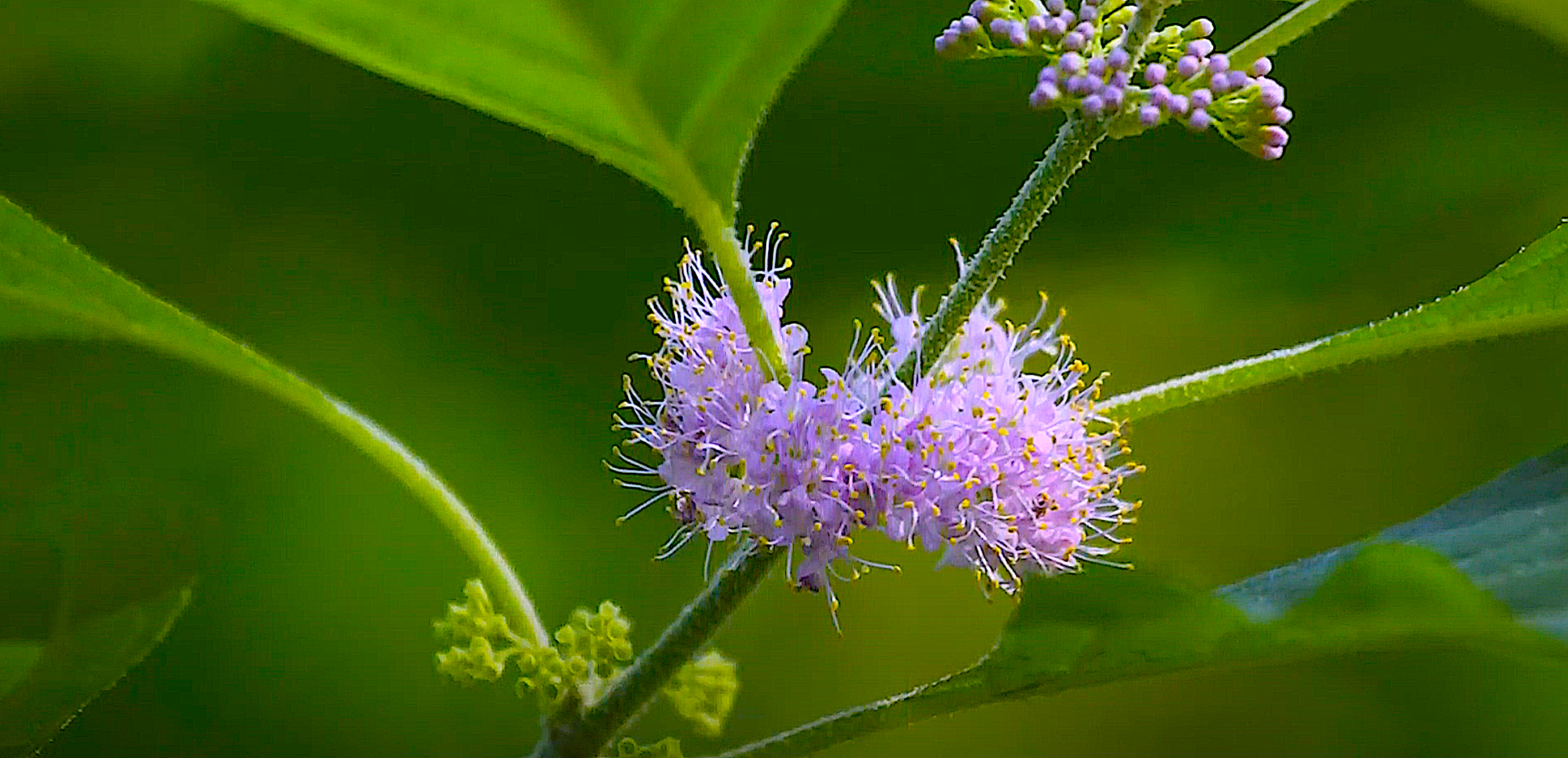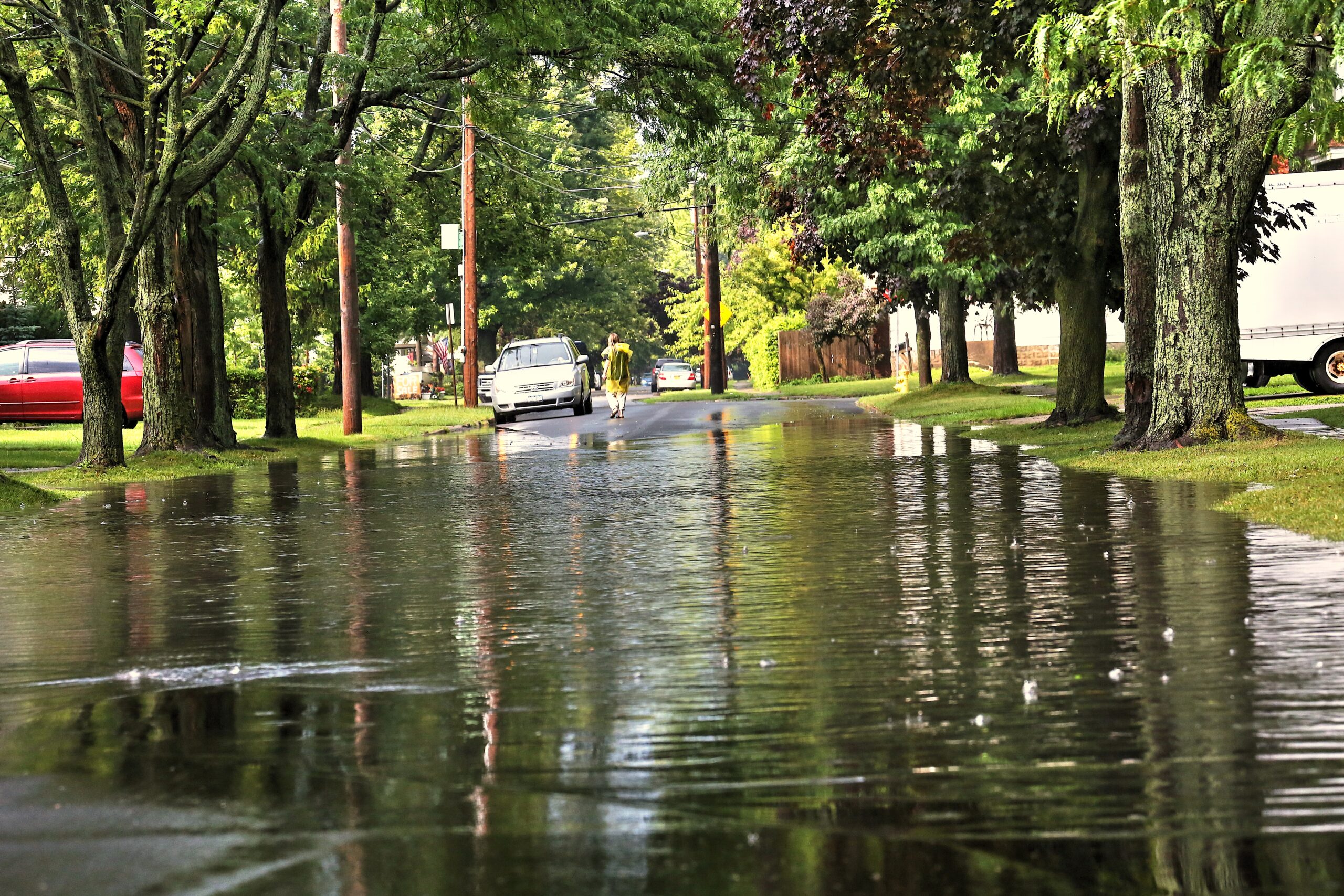Coastal Landscapes: North Carolina Native Plant Picks
The Coastal Landscapes Initiative has released 12 award-winning videos about environmentally beneficial, cost efficient, and beautiful plants for home gardeners and professional landscapers.

The Coastal Landscapes Initiative has released 12 award-winning videos about environmentally beneficial, cost efficient, and beautiful plants for home gardeners and professional landscapers. Gloria Putnam, North Carolina Sea Grant’s coastal resources and communities specialist, and the CLI team selected a dozen species that are naturally adapted to thrive in the harsh conditions of the North Carolina coast — the strong sun and wind, the dry, sandy soil, and the salty air and water.
Asters
Asters are essential to the fall landscape. From August to November, they provide nectar to migrating butterflies and bees.
Little Bluestem
Little bluestem is a warm-season bunchgrass, which gets its name from its bluish-green springtime growth.
Dwarf Palmetto
Dwarf palmettos include coastal North Carolina in the northern range of their habitat. Their fragrant white flowers bloom in May and June. They can grow up to ten feet tall and are deer and pest-resistant.
Wild Indigo
Wild Indigo or Baptisia blooms in Spring but is attractive year-round. This drought-tolerant plant thrives in full or partial light. Its flowers attract bumblebees and are pollinator habitats.
American Holly
American holly is an evergreen, known for its red berries, which are used as Christmastime decor. A low-maintenance plant, American holly provides food and a habitat for songbirds and small mammals. It also can create natural privacy.
Yaupon Holly
Yaupon holly is a fast-growing evergreen shrub or small tree. It has festive berries and can serve as a hedge, screen, windbreak, or barrier.
Goldenrods
Goldenrods bloom in autumn. Although they can be mistaken for ragweed, unlike ragweed they are not allergens. They attract a wide variety of pollinators, including monarch butterflies.
Southern Live Oak
Southern live oak is an iconic evergreen specious that endures severe storms. These trees can live centuries and are drought and pest-resistant. This species is the primary tree of maritime forests.
Black, Brown and Green-Eyed Susans
Black-eyed Susans and their relatives are daisy-like flowers with many variations. They are low-maintenance and have a long summer bloom time. Additionally, they are drought-tolerant and deer-resistant.
Sweet Pepperbush
Sweet pepperbush is a deciduous shrub with fragrant summer blooms. Their leaves turn golden in the fall. Once established, sweet pepperbush can withstand short periods of drought and flooding, and it is fire-resistant.
Red Buckeye
Red buckeye, also known as the firecracker plant, is a large deciduous shrub with bright red flowers and palm-shaped leaves. The species is native to the North Carolina piedmont and coastal plain and adaptable to many landscapes. It prefers partial shade but can tolerate full sun.
American Beautyberry
American beautyberry is an understory shrub with purple berries that appear in the fall and remain until early winter. These berries also feed songbirds. In the springtime, the plant’s small flowers attract pollinators. The species is resistant to pests and droughts, and its leaves contain compounds that repel mosquitos and ticks.
- Categories:


